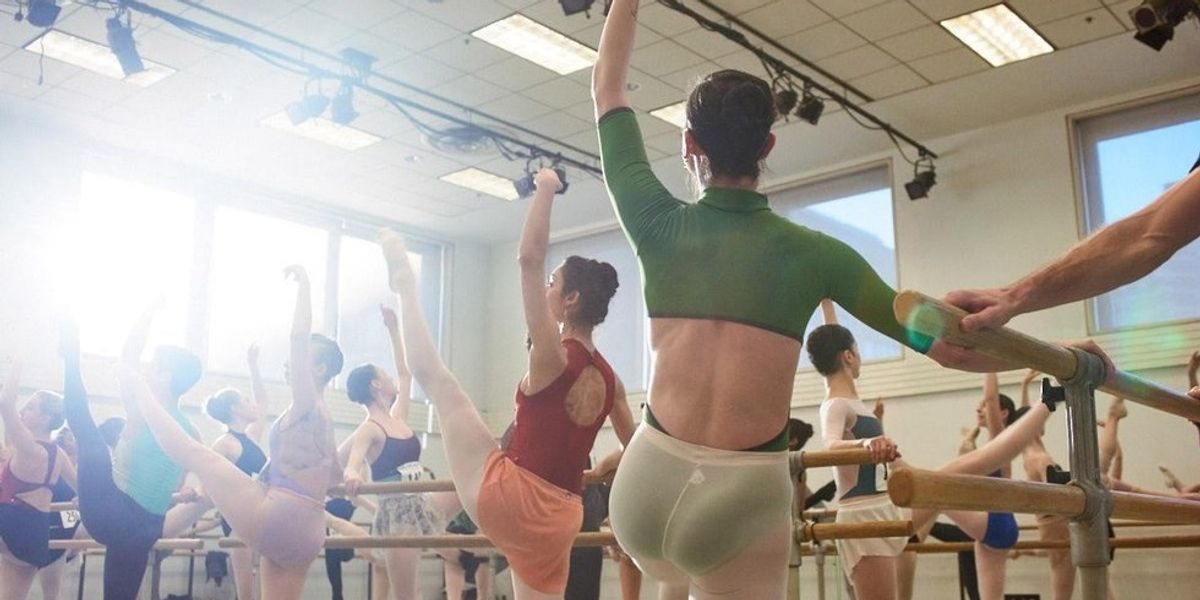Stuck in the Middle: Why Being A Soloist in a Ballet Company Can Be "Demoralizing"
Being a soloist has its perks, like bigger roles and a bigger paycheck. But it has a less glamorous side, too. Soloists take on corps roles, principal roles and everything in between. The rank comes with more pressure and a demanding schedule, which can take its toll mentally and physically. Though the promotion validates a dancer’s hard work and achievements, many find themselves stuck in the rank waiting for a promotion that may or may not come.
“I know dancers have very strong feelings about it. And I see how it could be demoralizing,” says Pacific Northwest Ballet artistic director Peter Boal. Focusing on the work rather than the rank is the only way to take advantage of the promotion, and use it to move forward.
The Cons: All Work and No Play

Ballet West’s Allison DeBona. Photo by Luke Isley
Being a soloist can be taxing because of the inconsistent workload. “If you’re one of the upperclassmen, it’s very rare that you ever have any time off,” says Ballet West first soloist Allison DeBona. She says it’s common to have to learn two different spots in the same ballet or be cast in every piece in a show. “Mentally you feel lost, and physically you feel broken.” Many soloists miss the camaraderie and support system of the corps de ballet they left.
Running on overdrive makes it difficult to find time to cross-train and stay injury-free. Houston Ballet’s Charles-Louis Yoshiyama, who was promoted to principal in 2016, sprained his ankle and broke his fifth metatarsal shortly after becoming a soloist. “The injury made me think quite a bit more about taking care of my body,” he says.
But having a lot on your plate doesn’t just make it hard to keep up physically. DeBona says that especially when she was a demi-soloist, one of the most frustrating things was not having as much time as a principal would to devote herself to bigger roles. Even now as a first soloist, she says, “I always feel like I’m at a disadvantage. Imagine a two-show day. A principal might dance in the afternoon and have the evening off. A soloist could be juggling a principal role during the day and another role at night.”
On the other hand, soloists can see slow periods where they’re barely cast in anything at all. “We do six programs a year, plus Nutcracker, and there could be a program that a dancer is not in,” says Boal. “That can mean a full two months off the stage. They’re always covering something if they’re not cast, but that can be hard.” It’s up to the dancer to take advantage of this downtime by devoting extra energy to daily class, understudying and cross-training.
The Payoff: Becoming an Artist

Houston Ballet’s Charles-Louis Yoshiyama. Photo by Amitava Sarkar via houstonballet.org
The soloist rank gives you the freedom to grow as an artist in new ways. “When you’re in the corps, you feel like you have to do things the way they’re shown to you. You’re afraid to show your artistry or musicality,” says DeBona. “It was liberating to let go of that.”
Yoshiyama says that his years as a soloist, though sometimes overwhelming, have been the most fruitful of his career. Part of that is because the promotion gives you a mental boost. “I was more motivated after the promotion because you’re looking forward to upcoming shows,” he says. “You feel pressure to keep up with your technique. You want to become a principal, and there are so many talented up-and-coming dancers.”
Ultimately, soloists are working towards a goal that no one can guarantee. “But you have to stay level-headed and remember why you’re actually dancing. You’re getting opportunities and enjoying yourself onstage,” says DeBona. “When you retire, that’s what you’re going to remember.”




